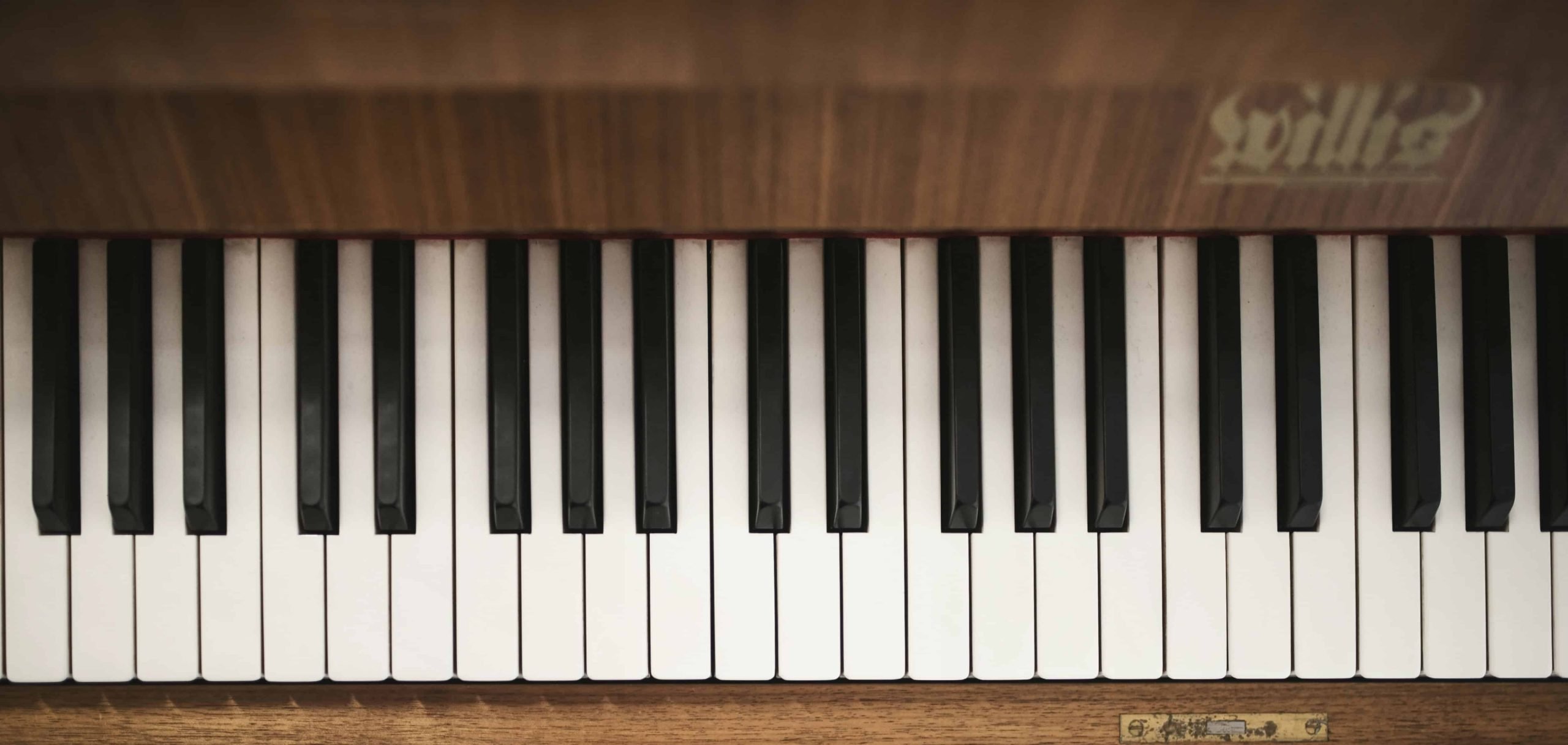

Why is it important to add live instruments to your music production
Virtual instruments are not quite new — smaller project studios and self-contained artists abound, and access to a vast library of digital instruments and libraries is now inexpensive. They also sound more lifelike than ever before.
However, song arrangements that rely only on them may suffer from a minor flaw: a rigid, soulless aspect, a static feel, and a lack of humanity that is evident with live instruments. In recent years, there appears to have been a huge comeback in the use of live instruments while writing songs professionally and for public performances. We will try to explain why it is important to add live instruments to your music production.
Bringing Emotion
For a long time, studios have used programming instruments for music production, yet there are still some things that don’t have the same subtleties (at least not ones that you can achieve easily). Virtual instruments based on live counterparts have gone a long way in terms of realism, especially with instruments like horns and orchestral sounds.
However, if you’ve ever attempted programming a song entirely using virtual instruments, you’re probably familiar with the robotic, frigid effects that typically accompany the absence of real accompaniment. Many prominent musicians are finding success with bringing back emotions to their music with live instruments rather than trying to replace them with virtual ones.
Authentic Sound
In music production creation, true acoustic instruments are unbeatable, and for a good reason. Traditional genres like folk and country have remained mostly unchanged, while EDM and other genres that require just synthetic instruments have fueled the development of hybrid forms. These instruments give music character and individuality, from a bassoon sound with variable clarity to the sound of a pick plucking guitar strings. Digital instrumentation is becoming commonplace in pop and rock songs. However, in recent years, this tendency appears to have come full circle. Live instruments are frequently used in electronic music nowadays to produce a warmer, more in-depth sound.
When comparing last year’s charts to those from the previous decade, the number of music created acoustically has grown. Musicians like Bon Iver and Daniel Norgren, for example, have made albums utilizing only a pair of inexpensive mics, a laptop, and an acoustic guitar. Despite this modest approach, it was sufficient to pave the road for widespread popularity.
Even the most successful musicians have not forgotten their beginnings. Justin Bieber is a multi-instrumentalist who understands the force and authenticity that live instruments can give, whether you like him or not. And an acoustic foundation can be found in almost every Ed Sheeran song.
Helpful Applications
The number of physical recording studios has been decreasing. When artists have access to digital alternatives, they simply cannot justify the price. While this has been a boon to amateur musicians all around the world, it has also caused many to make quality sacrifices. Online recording studios are bridging the gap between old and modern, offering a platform that takes advantage of the increase of digital production as well as the growing popularity of acoustic instrumentation. They were established to make live instrument records with professional studio musicians more inexpensive and accessible, as well as to provide a central point where musicians may interact and collaborate via the internet. They are now one of North America’s most talked-about software businesses, with a growing following among both established and emerging artists.
Real instruments produce prime fundamental tones – sine waves – with additional harmonics that give them the wood and intonation we’ve come to identify with that instrument. A master can identify an oboe from a flute from a violin to a trumpet from a piano because each instrument has its unique harmonic content.
When electronic equipment tries to replicate a note from a certain instrument, they try to add the proper number of distinguishing harmonics. Electronic instruments may be intriguing, but they may quickly become exhausting to listen to, as ‘regular’ instruments can generate many more variations (and even errors) of organic expression to convey the player’s ideas (including the subconscious ones). Electronic instruments might convey the impression that someone has previously explored all of the potential sounds.
While things have gotten easier, some music lovers have complained that most of the current music lacks what is referred to as a “natural” tone…that the digital sound is too “mathematical” and, as a result, predictable and unemotional. There is also the issue of music’s ‘loudness,’ which has been discovered in a number of older songs that have been restored and compared to the original. Therefore, live instruments are really important if you want to maintain the sound of the songs as realistic as possible.
Image Credit: Eric Masur on Unsplash


- Arodes cover Interview
- Armin van Buuren: Breathing In [Exclusive Interview]
- Ibiza 2024: What To Expect
- Burak Yeter: A Day In Space [Exclusive]
